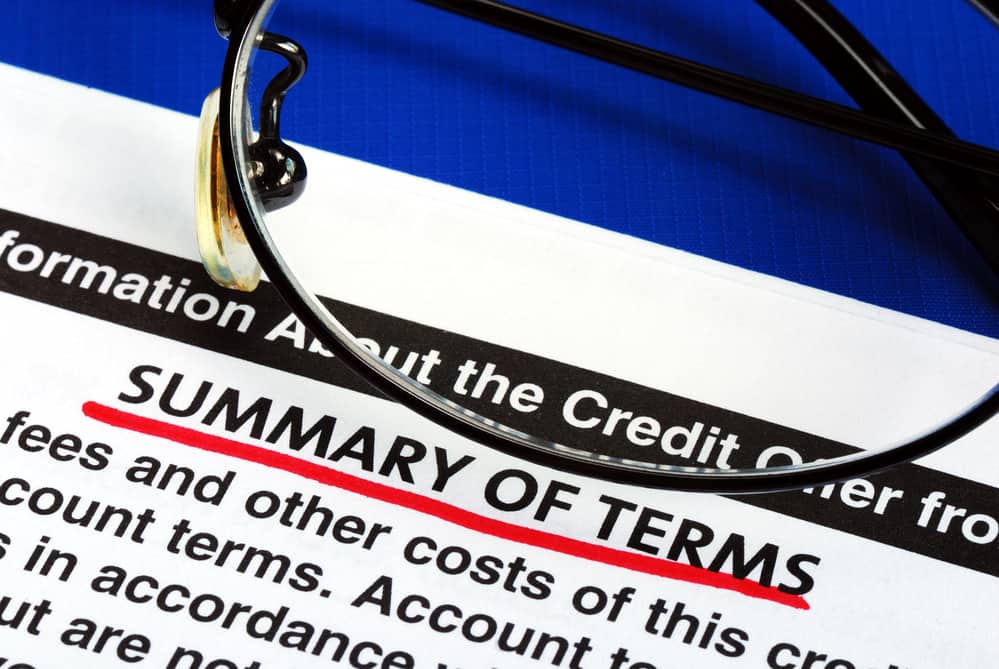Credit is an essential tool consumers use to meet their short-term needs when cash is in short supply in the modern economy. And as the primary form of consumer credit, credit cards are the go-to way they use them. But not all credit cards are created equal.
On the contrary, consumers have near-limitless choices of credit cards — and each has its benefits and pitfalls. And that makes it very important to do careful research before choosing a credit card. Those who don’t can end up with some unwelcome surprises.
1- Check for Hidden Fees
No matter which credit card you’re considering, there’s one sure thing: it will come with fees. Unfortunately, there are very few legal restrictions on what card issuers can levy fees for. And as a result, most card issuers will charge exorbitant fees whenever possible.
So, when evaluating a potential credit card, its fees are the first thing to look at. The first thing to be wary of is any introductory interest rates offered by the card and their specific terms. Initial rates are designed to encourage users to run up significant balances as fast as possible — so they can add hefty interest fees when the introductory period ends.
It’s also a good idea to look out for annual membership fees and balance transfer fees if you plan to consolidate your credit. And, of course, be wary of late payment fees. However, some credit cards will also include a significant interest rate hike as a penalty on late payments, making the late payment fee itself the least of your troubles.
2- Understand How Card Issuers Calculate Interest
One of the pitfalls of credit cards is their relatively high-interest rates compared to loans and other lines of credit. And that makes it all too easy for credit cardholders to see their balances get out of hand in a hurry. So if you’re not able to pay off your balance in full every month, you’re going to want to understand how your card issuer calculates the amount of interest you’ll owe.
In general, you’ll need to divide the interest rate of the card you’re considering by 365 (some card issuers use 350, so check with them to be sure). The resulting number is the card’s daily periodic rate. Then, the issuer will multiply that rate against your average daily balance for each day of your billing cycle to determine your interest charges.
And remember — no federal laws are capping the interest rates card issuers may charge. Some state-level rules set maximum rates, though, so you’ll want to look up your state’s maximums before you commit to a particular card.
3- Read the Card’s Fine Print
It’s important to remember that you’re signing a contract with the issuer when you get a new credit card. And the terms of that contract are spelled out in a cardholder agreement you’ll need to agree to. The issuer must disclose everything about how your new card works inside it. And although it’s tempting to skip over the fine print, you should never do that.
Instead, you’ll want to learn what all of the terms in the agreement mean before you agree to them. The good news is that The Credit Card Accountability, Responsibility, and Disclosure Act of 2009 standardized what credit card agreements must contain and how they’re written. So that means if you learn to read one, you’ll be able to read them all.
Credit cards are a necessary evil for most consumers. But if you do your due diligence when choosing one, you’ll be able to reap the rewards without inflicting damage on your bottom line. And as long as you’re careful, your new credit card should open up a whole new world of financial possibilities for you.



